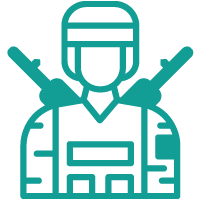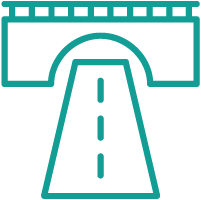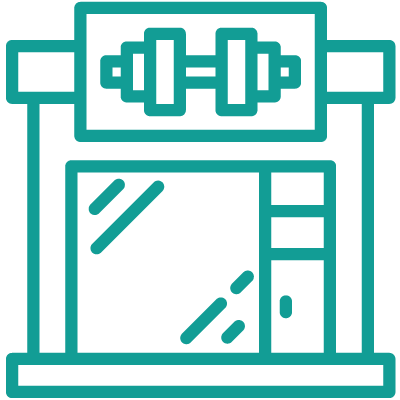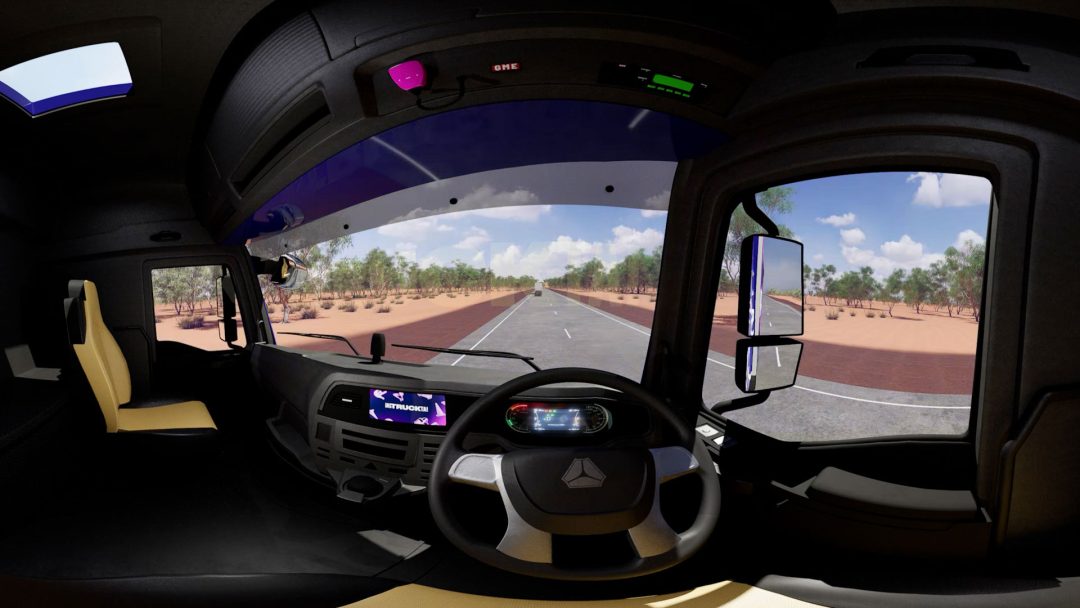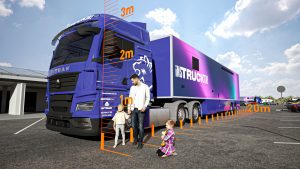VR for the Automotive & Car Industry
W design VR applications for the Automotive & Car Industry to help train the workforce and showcase vehicle fleets to a new growing audience.

Virtual Reality (VR) for Automotive & Car Industry
Virtual Reality (VR) presents transformative opportunities for the automotive industry, benefiting both the manufacturing and sales/marketing sectors. On the manufacturing side, VR simulations enable engineers to design and optimise vehicle prototypes, enhancing efficiency and reducing costs. By creating virtual assembly lines, manufacturers can streamline production processes, train workers, and identify potential bottlenecks before physical implementation. On the sales and marketing front, VR allows customers to explore virtual showrooms, customise vehicles through interactive car configurators, and even experience virtual test drives through driving simulators. This immersive experience enhances customer engagement, accelerates decision-making, and boosts sales. VR in the automotive industry empowers manufacturers to innovate, streamline operations, and provide exceptional customer experiences, ultimately driving industry growth and success.
What are the benefits of VR for the automotive & car industry?
Prototyping and design made quicker with 1:1 3D realistic modelling
Less wasted resources as trial and error testing can take place
Allows for remote collaboration with multiple devices and systems
Designers and engineers can work closely while removing conceptual barriers
Automotive production processes make maintaining correct configuration data easier
Long repetitive tasks can be measured for timescales and automated to save time
Ergonomic analysis can take place before physical production starts, saving resources
Simulated test drives allow the designer to put themselves in the position of the driver
Customers can go for simulated test drives, encouraging sales while saving time
Customers can see a 3D rendering of the car up close during any stage of production
How VR is currently being used by automotive & car industry
VR is currently being used in the car and automotive industry during the design process. For example, The Ford Motor Company uses VR regularly and has even designed a vehicle entirely using VR.
With access to highly detailed 3D models even before production begins, designers and engineers can visualise the finished product with ease. This fosters more creativity and collaboration, especially when location barriers are not a concern with online VR. Resources are not wasted on trial and error activities, meaning designers are encouraged to try new things and share this with other workers visually with limited space for human error. With less focus on sketch pads and CAD and more focus on real-scale 3D models, accuracy is vastly improved so that the product can go through the vital development process in a quicker and more efficient way.
Plus, prospective buyers are also able to see new car designs through this method. They can view them from all angles and take them for simulated test drives, encouraging them to purchase a car with increased confidence. This is all before the car has reached a showroom or potentially even left the production line.
Overall, VR improves the productivity of the production side of car manufacturing while boosting the marketing process, and we are proud to be at the forefront of this.
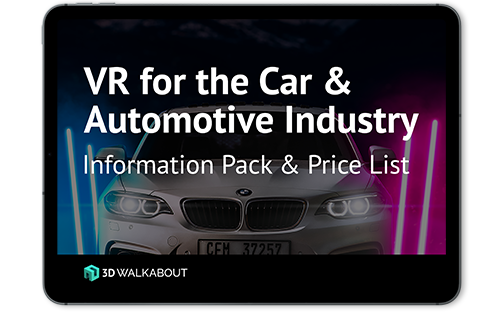
Brainstorm your ideas on 1300 00 3392
if you’d like to receive our full ‘VR for the Car & Automotive Industry Information Pack & Price List‘ please add your details below.
The industries we work in
VR Automotive & Car Industry Projects
VR Automotive & Car Industry Articles
VR Automotive & Car Industry Videos
Frequently Asked Questions
Why is virtual reality important in tourism?
Virtual reality technology has the potential to completely change the tourism industry. It can allow people to visit places they may never have the chance to see in-person, such as ancient ruins or far-off landscapes. VR can also provide an immersive experience that allows users to feel as if they are really there. This can be helpful for those planning a trip, as it can give them a better idea of what to expect. VR can also be used to promote tourism destinations, providing potential visitors with a sneak peek of what they can expect.
How VR can be used in tourism?
Virtual reality technology is becoming more and more popular, with many people using it for gaming. However, it can also be used in tourism. For example, if you want to go on a safari but don’t want to leave your home, you can use VR to visit different parts of Africa. You can also visit ancient ruins or go scuba diving without getting wet. VR can also be used to learn about other cultures. You can visit different parts of the world without leaving your home and learn about the customs and traditions of different countries. This is a great way to learn before you travel.
What is virtual reality in automotive industry?
The automotive industry uses virtual reality to create prospective designs and prototypes of vehicles in little time. Virtual cars can also be used for test drives for engineers and customers before the car has been constructed.
How is VR used in car design?
VR allows for large, 3D images to be created and viewed up close. This is helpful for testing out new car designs without the need to waste valuable resources while ensuring more accuracy and detail than 2D or CAD designs.
Can you use VR in a car?
Upcoming developments are in the works to allow people to use VR in a car. For example, ideas have been revealed for using VR to translate road signs for people who do not speak the language of the country they are driving in. At the moment, passengers can use VR in a car but drivers cannot.
What is a virtual car?
A virtual car is a model of a car created in VR which shows the product development lifecycle, using a system-level simulation of the vehicle’s behaviour. This can be used to aid engineers and for consumers to test drive a vehicle. They can be used in the metaverse.
Does Tesla use virtual reality?
Tesla has revealed plans to explore how virtual and augmented reality might be used in the production lines of their vehicles in the past, but they have not followed up on this recently. Some Tesla owners have uploaded videos online using VR to show prospective buyers what driving a Tesla is like.
How is VR in use in the automotive industry?
VR is used in the automotive industry in a variety of ways. For example, designers can use it to test out new ideas in a detailed way while engineers can use it to automate how functionalities fit in with this. Detailed 3D models can be shown to prospective buyers at car dealerships to encourage them to buy more cars, trucks, vans or motorcycles.






















